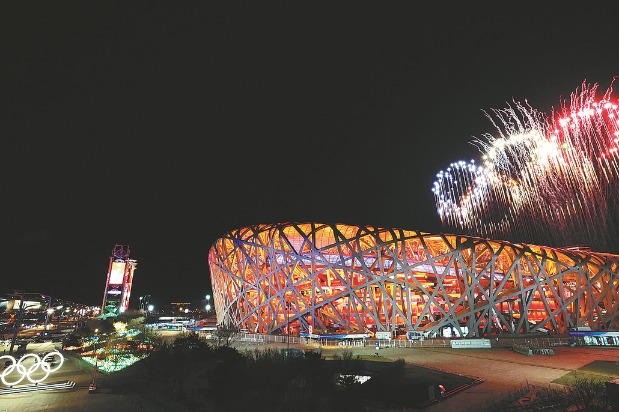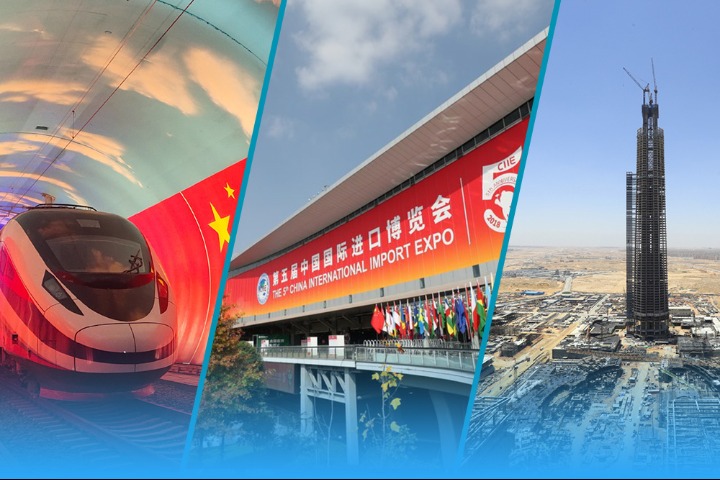Tourism in China evolves, promising new experiences
By Zhong Nan | China Daily | Updated: 2022-05-16 07:29

COVID has hurt tourism and related sectors badly and caused job losses, but there's a silver lining to that dark cloud: micro-tourism or micro-vacations.
Across China, this emerging trend has people spending their spare time on short-distance travel. People drive two to three hours to a nearby destination to stay for two to three days, usually on weekends or during short holidays.
This mode fits in well with the COVID situation that does not encourage conventional vacations, which require elaborate planning, much longer travel time, higher expenses and longer time like a week or more. In contrast, a micro-vacation needs little planning and relatively less time, and is also less costly.
In the COVID era, tourists consider factors like health, safety and prevention and control of the pandemic when choosing travel products. Many of them have switched from traveling to other provinces to peripheral tourism.
In 2021, China's domestic travel sector rose 13 percent year-on-year to around 3.25 billion visits to tourist attractions. That's about 54 percent of the 2019 level of over 6 billion visits, according to the Ministry of Culture and Tourism.
The travel distance and recreation radius of domestic tourists show a trend of double contraction. The average travel radius of tourists was 141.3 kilometers during the National Day holiday in 2021, about 71.7 km or 33.66 percent less than that in the same period of 2020. The average recreational radius of destinations was 13.1 km, which was 1.1 km or 7.75 percent less than the previous year, government data showed.
In terms of tourist groups, urban residents prefer faraway scenery, accounting for 12.2 percent of the tourists who travel more than 300 km.
Under such circumstances, tourism players need to enrich their abilities and better control available resources. As long as they keep abreast of the lifestyle of customers and have the ability to fully meet the needs of tourists, they will likely find many new growth points in the coming years.
For a long time, travel businesses have relied on information asymmetry to make money. The most profitable part of their business was outbound flight tickets, followed by outbound travel, domestic cross-provincial travel and peripheral travel. The higher the barrier to information that consumers could access, the more money travel agencies would make.
With mass use of smartphones and digital tools, seeking other ways to create information asymmetry will be the driving force for people in the tourism industry to remain competitive.
The old-fashioned approaches, such as drumming up customers and organizing local receptions, cannot meet consumer demand anymore. Nowadays, travel agencies not only need to be able to make itineraries for customized services but also need to run e-commerce platforms. They must provide valuable and fun factors to consumers, with happiness generated from fragmented travel experience.
For instance, many Chinese travel agencies have been emailing suppliers around the world on monthly or quarterly basis to check what is going on in their local tourism industry, and to find out which hotels or restaurants have been shut down and which management teams have been replaced or adjusted since the COVID-19 outbreak. When the pandemic passes, firsthand information and transferable resources will be key to winning consumers back.
After decades of growth, China's tourism industry has a clear dividing line. Its developed eastern coast offers the largest source of tourists while the western region is rich in tourism resources. As the western region is developing rapidly, the great integration of tourism between China's eastern and western regions will facilitate their economic integration.
Owing to the peculiar characteristics of economic development in the eastern region, segments like business tourism and tourism related to shows and exhibitions have gradually replaced traditional sightseeing. But sightseeing has maintained its mainstream position in the western region, thanks to the region's rich geographical landscape and beautiful scenery.
As a strategic industry of the economy, and with characteristics of low resource consumption and great ability in creating jobs, the tourism sector, assisted by rapid growth of digitalization, urbanization and transportation infrastructure, will continue to support China's economic growth.
























